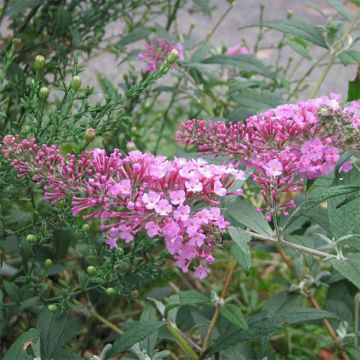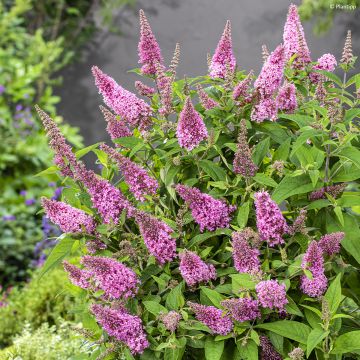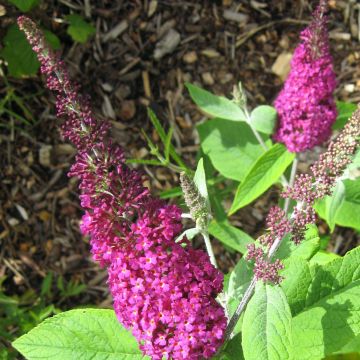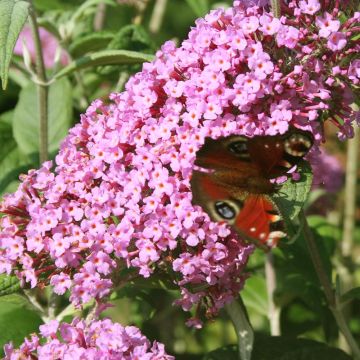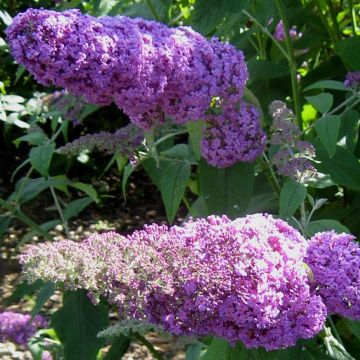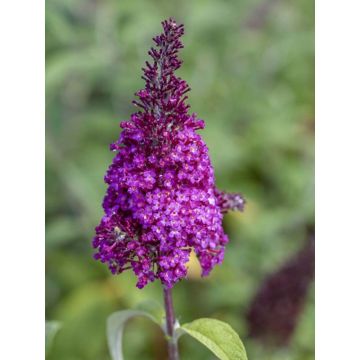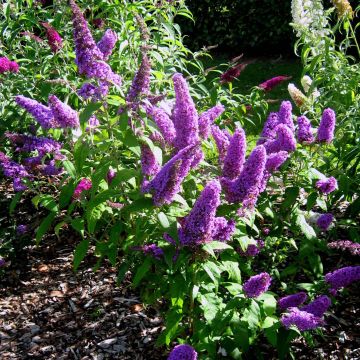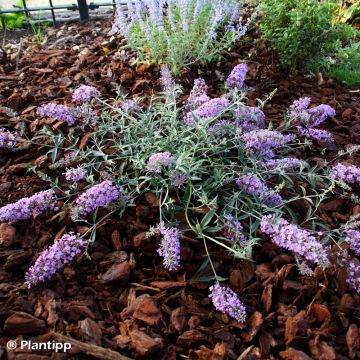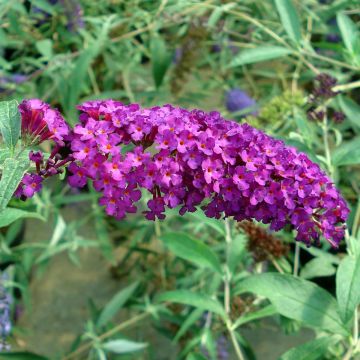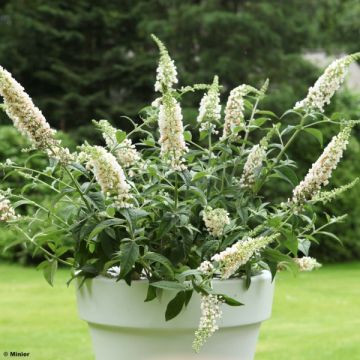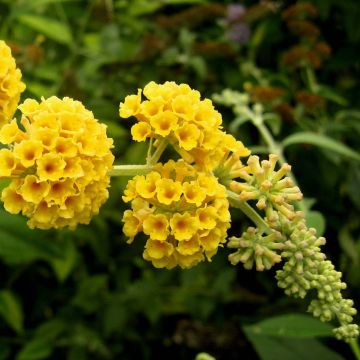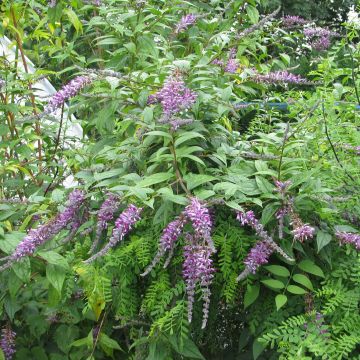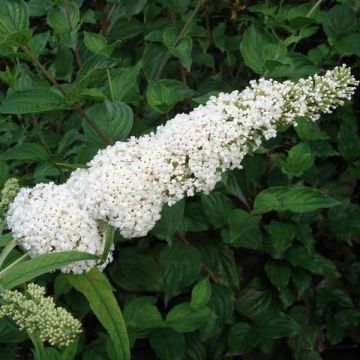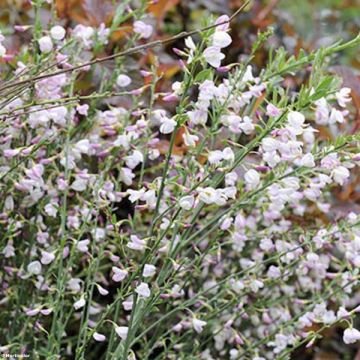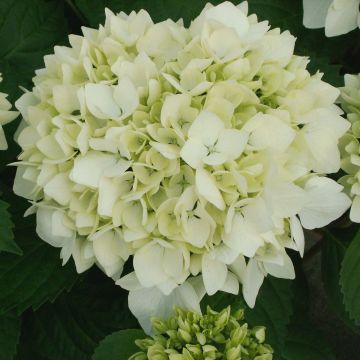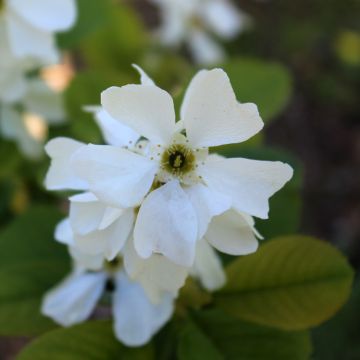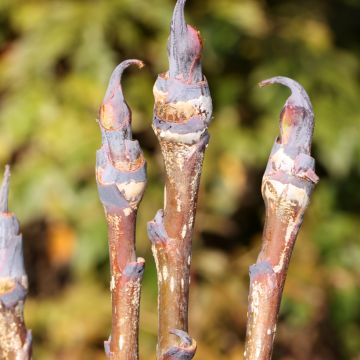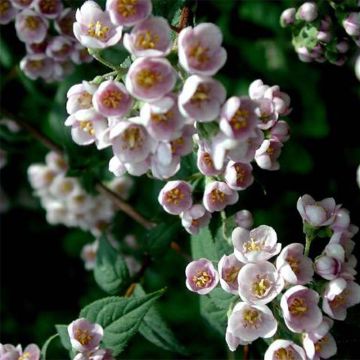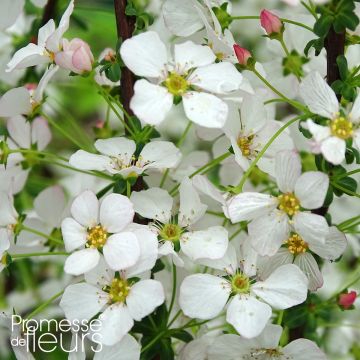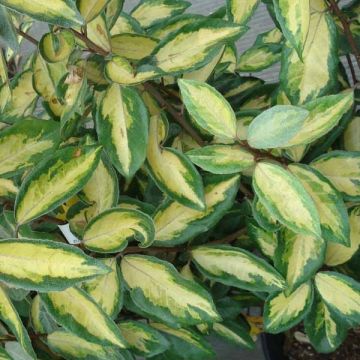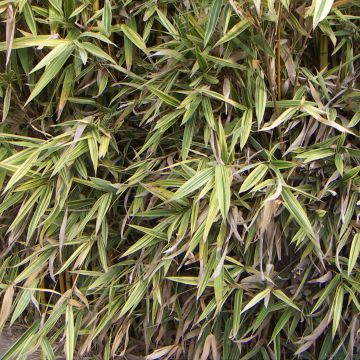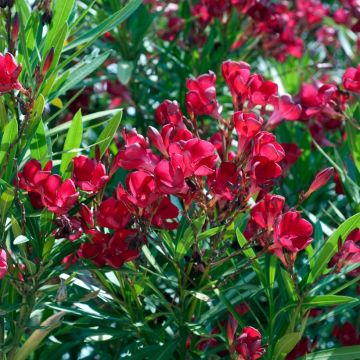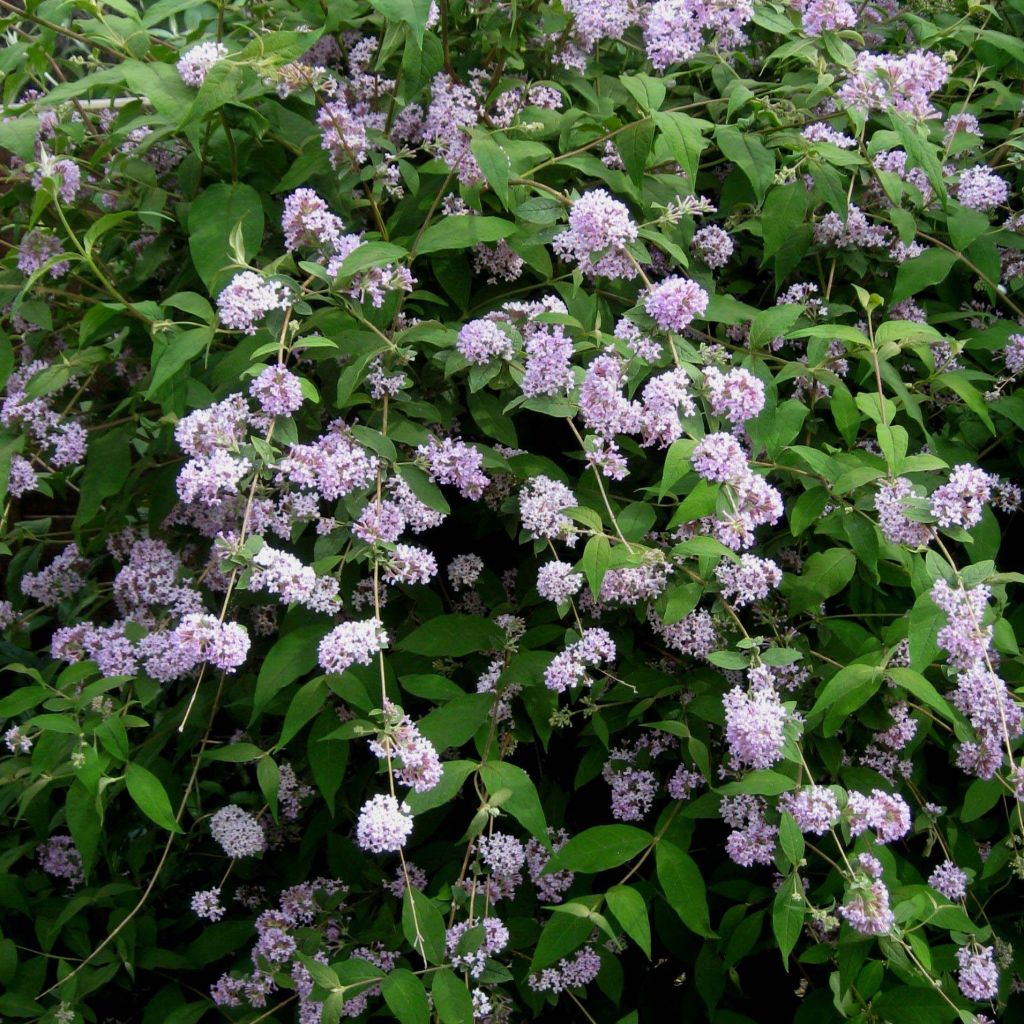

Buddleja delavayi - Butterfly Bush
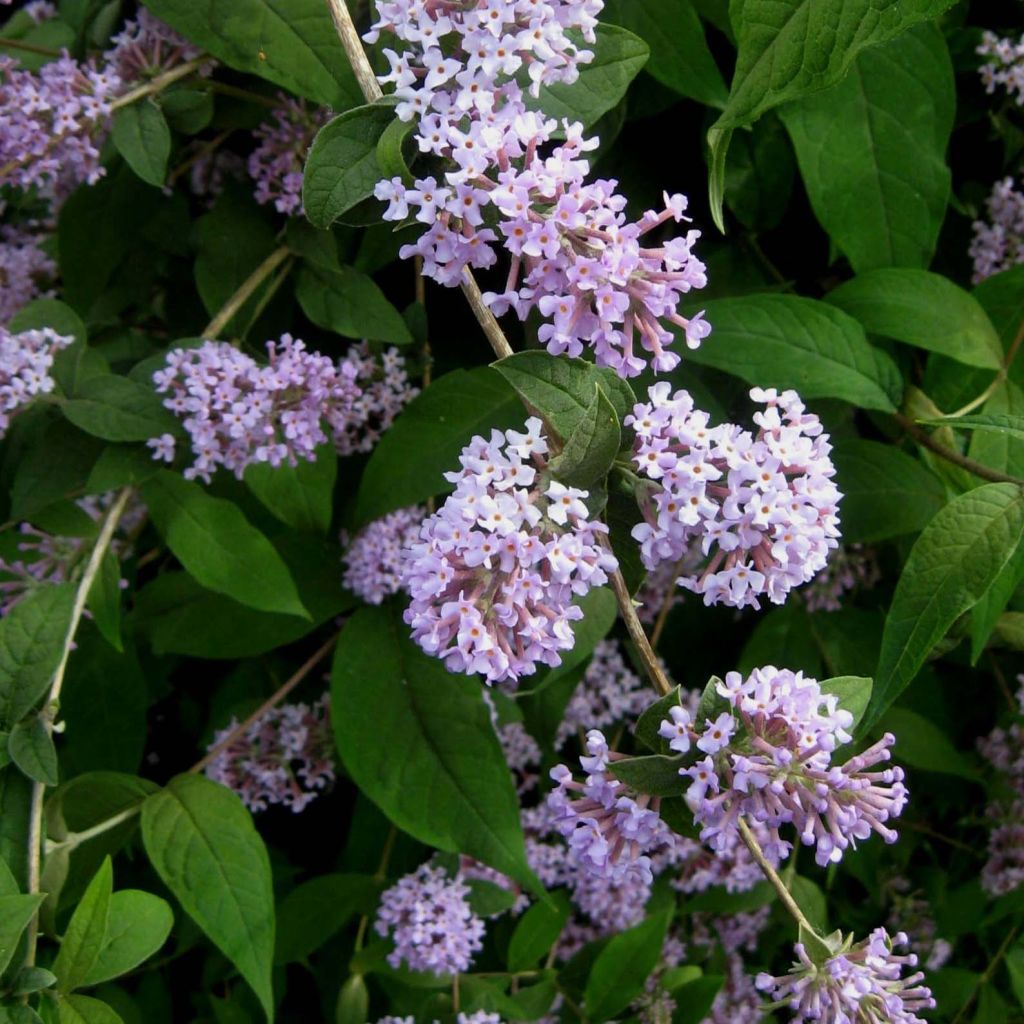

Buddleja delavayi - Butterfly Bush
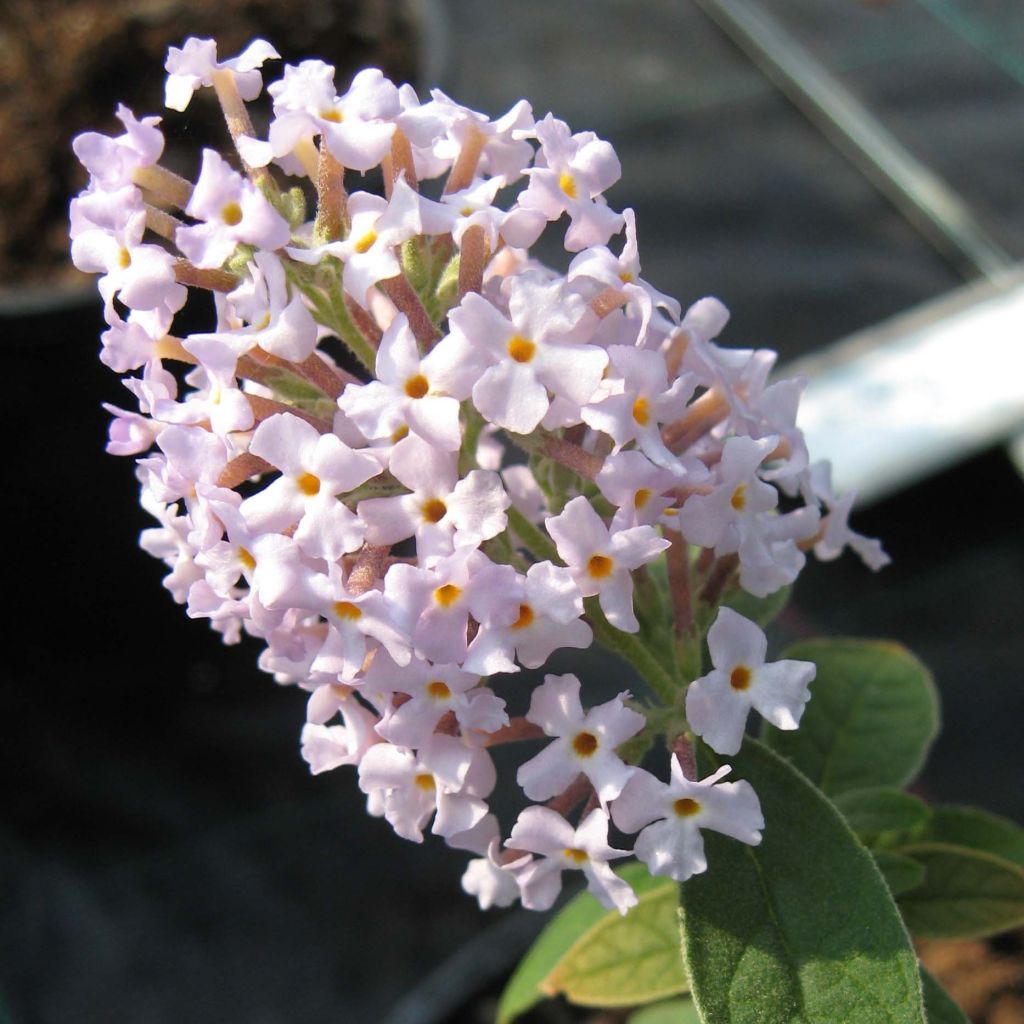

Buddleja delavayi - Butterfly Bush
Buddleja delavayi - Butterfly Bush
Buddleja delavayi
Delavay's Butterfly Bush
Why not try an alternative variety in stock?
View all →This plant carries a 24 months recovery warranty
More information
We guarantee the quality of our plants for a full growing cycle, and will replace at our expense any plant that fails to recover under normal climatic and planting conditions.
From €5.90 for pickup delivery and €6.90 for home delivery
Express home delivery from €8.90.
Does this plant fit my garden?
Set up your Plantfit profile →
Description
Buddleia delavayi is a rarely cultivated wild butterfly tree that deserves a place of honour in the garden of a collector and lover of fragrant plants. This beautiful bush charms with the scent of honey and rose from its clusters of pink-lilac flowers. It often blooms in late spring in our climates. Theoretically, it will bloom twice a year, with the second flowering in September being more decorative. Moderately hardy, this beautiful deciduous species is grown in open ground and in full sun in mild regions. You can also plant it in a container which can be protected from heavy frost in cold climates.
Originating from the Chinese provinces of Xizang and Yunnan, Buddleja delavayi (synonym B. heliophila) is a sun-loving botanical species, hardy up to -10 to -12°C (14 to 10.4°F) at its coldest). In its native lands, it is found growing on the edge of forests, in valleys, and along mountain trails at an altitude between 2000 and 3000 m (6562 and 9843 ft). It is a deciduous bush that loses its leaves in winter. It belongs to the Scrophulariaceae (buddlejaceae) family. It was introduced into cultivation by the Scottish plant hunter George Forrest in 1910, but remains rare in our gardens.
Its bushy habit is flexible and slightly spreading. It is also elegant thanks to its slightly arched long branches. It grows quite rapidly and reaches approximately 2 m (7 ft) in height and 1.5 m (5 ft) in width at maturity in open ground, slightly less if grown in a pot. Its abundant foliage is composed of elliptical, pointed leaves, 1.5 to 6 cm (1 to 2 in) long, generally with short petioles, showing toothed or smooth edges. Their green colour is masked by a fine grey-blue veil, particularly when they are young. In nature or in favourable climates, this species offers 2 flowerings per year, with a very different appearance: the first in April, consisting of small pink-lilac panicles not exceeding 12 cm (5 in) in diameter, then a second in late summer, taking the form of long clusters of deep salmon-pink colour that can measure up to 25 cm (10 in) in length. The spring flowering is already present in the form of flower buds forming in autumn, protected from the cold by small brown and dry scales. In cooler, temperate climates, the singular flowering occurs in late spring. These inflorescences are composed of quite large multiple tubular flowers, (10 mm (0.4 in) long and 8 mm (0.3 in) wide), with a pink-lilac colour and an orange throat. They emit a strong honey scent, comparable to that of Buddleia officinalis, which blooms in February. They open at the same time at the terminal part of the stems and in the axils of the leaves, on the wood of the previous year.
This buddleia will delight enthusiasts of rare and collectible bushes. You can plant it against a south-facing wall to enjoy its magnificent scent, or mix it with other bushes to create beautiful flowering hedges in mild climates. To create a mixed hedge, choose other buddleias (B. 'Lochinch', B. officinalis, B. alternifolia), and old or English roses (old rose Cuisse de Nymphe Emue and Complicata, English rose Spirit of Freedom). Reblooming dwarf lilacs or summer lilacs make good companions for this beautiful bush. It is superb on terraces and balconies, placed in a pretty container next to a French Cabaret Althea, Pink Chiffon, etc.
This bush produces a good amount of nectar, which will attract certain butterflies. Buddleia or Buddleja comes from the name of its discoverer, Reverend Adam Buddle, an English botanist of the 19th century.
Report an error about the product description
Buddleja delavayi - Butterfly Bush in pictures
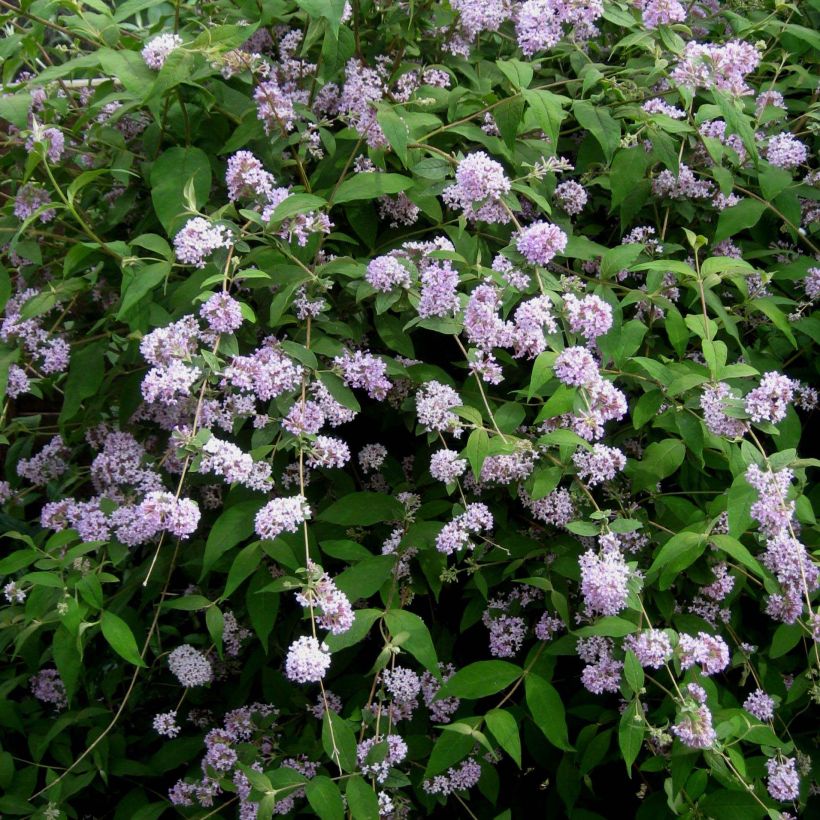

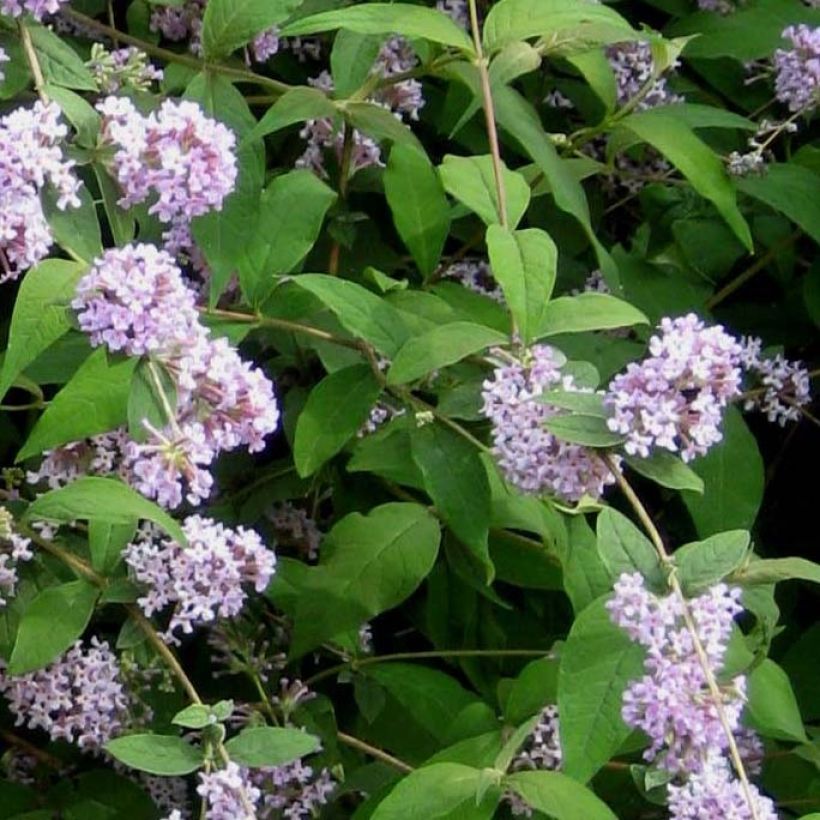

Plant habit
Flowering
Foliage
Botanical data
Buddleja
delavayi
Buddlejaceae
Delavay's Butterfly Bush
China
Other Buddleja -Butterfly bush
Planting and care
Easy to grow in any deep, ordinary, fertile, and well-drained soil that is neither too dry nor too poor, Buddleia delavayi only fears strong frosts. However, it can withstand temperatures of -10 to -12°C (14 to 10.4 °F) once mature and well established, if it is sheltered from the wind. It appreciates very sunny spots. If pruning is necessary, it should be done just after flowering, as this species blooms on the previous year's branches.
Planting period
Intended location
Care
This item has not been reviewed yet - be the first to leave a review about it.
Hedge shrubs
Haven't found what you were looking for?
Hardiness is the lowest winter temperature a plant can endure without suffering serious damage or even dying. However, hardiness is affected by location (a sheltered area, such as a patio), protection (winter cover) and soil type (hardiness is improved by well-drained soil).

Photo Sharing Terms & Conditions
In order to encourage gardeners to interact and share their experiences, Promesse de fleurs offers various media enabling content to be uploaded onto its Site - in particular via the ‘Photo sharing’ module.
The User agrees to refrain from:
- Posting any content that is illegal, prejudicial, insulting, racist, inciteful to hatred, revisionist, contrary to public decency, that infringes on privacy or on the privacy rights of third parties, in particular the publicity rights of persons and goods, intellectual property rights, or the right to privacy.
- Submitting content on behalf of a third party;
- Impersonate the identity of a third party and/or publish any personal information about a third party;
In general, the User undertakes to refrain from any unethical behaviour.
All Content (in particular text, comments, files, images, photos, videos, creative works, etc.), which may be subject to property or intellectual property rights, image or other private rights, shall remain the property of the User, subject to the limited rights granted by the terms of the licence granted by Promesse de fleurs as stated below. Users are at liberty to publish or not to publish such Content on the Site, notably via the ‘Photo Sharing’ facility, and accept that this Content shall be made public and freely accessible, notably on the Internet.
Users further acknowledge, undertake to have ,and guarantee that they hold all necessary rights and permissions to publish such material on the Site, in particular with regard to the legislation in force pertaining to any privacy, property, intellectual property, image, or contractual rights, or rights of any other nature. By publishing such Content on the Site, Users acknowledge accepting full liability as publishers of the Content within the meaning of the law, and grant Promesse de fleurs, free of charge, an inclusive, worldwide licence for the said Content for the entire duration of its publication, including all reproduction, representation, up/downloading, displaying, performing, transmission, and storage rights.
Users also grant permission for their name to be linked to the Content and accept that this link may not always be made available.
By engaging in posting material, Users consent to their Content becoming automatically accessible on the Internet, in particular on other sites and/or blogs and/or web pages of the Promesse de fleurs site, including in particular social pages and the Promesse de fleurs catalogue.
Users may secure the removal of entrusted content free of charge by issuing a simple request via our contact form.
The flowering period indicated on our website applies to countries and regions located in USDA zone 8 (France, the United Kingdom, Ireland, the Netherlands, etc.)
It will vary according to where you live:
- In zones 9 to 10 (Italy, Spain, Greece, etc.), flowering will occur about 2 to 4 weeks earlier.
- In zones 6 to 7 (Germany, Poland, Slovenia, and lower mountainous regions), flowering will be delayed by 2 to 3 weeks.
- In zone 5 (Central Europe, Scandinavia), blooming will be delayed by 3 to 5 weeks.
In temperate climates, pruning of spring-flowering shrubs (forsythia, spireas, etc.) should be done just after flowering.
Pruning of summer-flowering shrubs (Indian Lilac, Perovskia, etc.) can be done in winter or spring.
In cold regions as well as with frost-sensitive plants, avoid pruning too early when severe frosts may still occur.
The planting period indicated on our website applies to countries and regions located in USDA zone 8 (France, United Kingdom, Ireland, Netherlands).
It will vary according to where you live:
- In Mediterranean zones (Marseille, Madrid, Milan, etc.), autumn and winter are the best planting periods.
- In continental zones (Strasbourg, Munich, Vienna, etc.), delay planting by 2 to 3 weeks in spring and bring it forward by 2 to 4 weeks in autumn.
- In mountainous regions (the Alps, Pyrenees, Carpathians, etc.), it is best to plant in late spring (May-June) or late summer (August-September).
The harvesting period indicated on our website applies to countries and regions in USDA zone 8 (France, England, Ireland, the Netherlands).
In colder areas (Scandinavia, Poland, Austria...) fruit and vegetable harvests are likely to be delayed by 3-4 weeks.
In warmer areas (Italy, Spain, Greece, etc.), harvesting will probably take place earlier, depending on weather conditions.
The sowing periods indicated on our website apply to countries and regions within USDA Zone 8 (France, UK, Ireland, Netherlands).
In colder areas (Scandinavia, Poland, Austria...), delay any outdoor sowing by 3-4 weeks, or sow under glass.
In warmer climes (Italy, Spain, Greece, etc.), bring outdoor sowing forward by a few weeks.

































